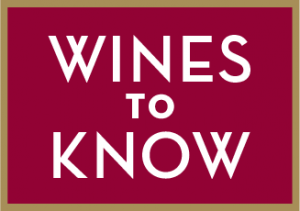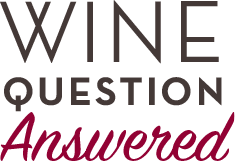
CHAMPAGNE BOLLINGER | “ROSÉ CHAMPAGNE” NON-VINTAGE
(Champagne, France) $110 (750ml)

If you could whip together cream and snowflakes, you’d approximate the rich, airy texture of this phenomenal rosé Champagne. I would love it for that reason alone. But then comes the flavor—powerful and immaculate. A kaleidoscope of things earthy, minerally, floral, spicy and savory, all swirled together. It’s deep, profound and more than a little bit thrilling to drink. In a time when some Champagnes have grown dully commercial, family-owned Bollinger remains true to its own exquisite artisanal standards. Don’t miss this.
95 points KM
Available at Wine.com

Every bottle of Champagne bears a set of initials that signify the type of producer who made the Champagne. Which of the following initials means that the Champagne was made by a Grower?
- A.NM
- B.CM
- C.MA
- D.RM
Scroll down for the answer!


“The best wines are those that take you through themselves and out into another world that you could not have gotten to on your own. Great wine has a strange subterranean current of beauty. It is not something you can summon from a wine, but a great wine can take you there.”

—Terry Theise, wine importer and author

THE NOSE KNOWS
The smell of a wine is often referred to as its aroma, bouquet or nose (an old Britishism that combines the two). Technically, however, aroma and bouquet are completely different. Aroma is used to describe smells associated with a young wine. A young pinot noir, for example, can have a plummy aroma. Bouquet, on the other hand, describes the smell of a wine that’s been aged for a considerable period of time, during which all of the initial smells have evolved and coalesced into something far more complex. Bouquets (unlike aromas) are almost impossible to describe. Which is why, when it comes to old wine, you’ll often read a comment like: “phenomenal bouquet” but no list of specific adjectives.

HARLAN AT HALF THE PRICE?—THE STUNNING WINES OF LOKOYA
I have been searching for the right word for 48 hours. “Spellbinding” could work. For the wines are definitely that. But I think a truer word would be “pure.” In fact, the purity of Lokoya’s four cabernet sauvignons… Continue Reading

D.RM stands for Récoltant Manipulant meaning a grower who makes Champagne from his own estate-grown grapes. NM (Négociant Manipulant) is used for a house that purchases grapes and/or wines to produce Champagne for its own brand. CM (Coopérative Manipulant) indicates the Champagne was made by a co-operative and MA (Marque d’Acheteur) refers to a private label Champagne that has been made for a supermarket, restaurant or other entity. For more, watch this week’s Wine Clip.









